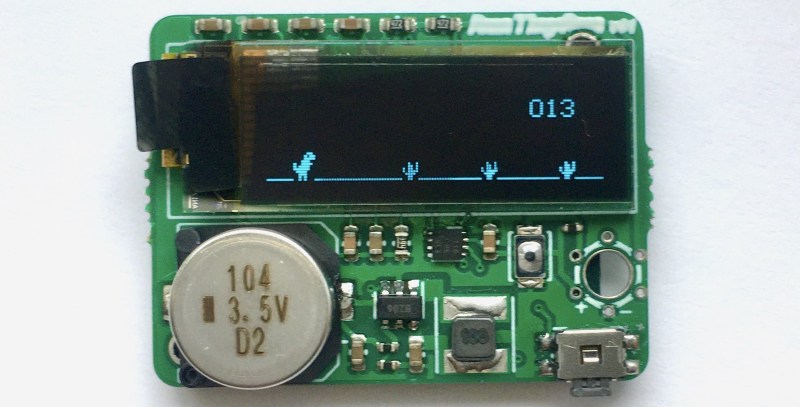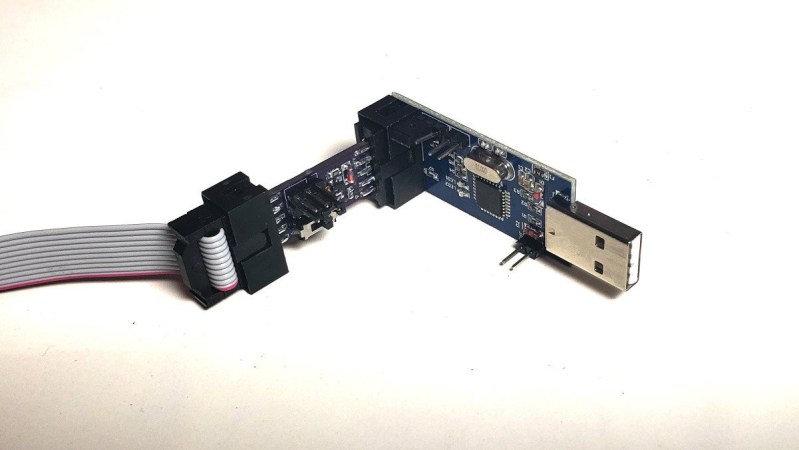Hackaday Prize 2022: RunTinyRun is a Fully Solar-Powered, Portable Dinosaur Game

Fully solar-powered handheld gadgets have so far mostly been limited to ultra-low power devices like clocks, thermometers and calculators. Anything more complicated than that will generally have a battery and …read more Continue reading Hackaday Prize 2022: RunTinyRun is a Fully Solar-Powered, Portable Dinosaur Game
